Overview, Kolkata
Right now, famous for its election stories, however, West Bengal's history of cultural and intellectual regime goes back to ancient times. Since it dates back to the Stone Age, whose evidence has been recognized as a "rich country of freedom fighters and intellectuals", Bengal has seen it all in all years.
Being the fourth most populous state in the city, located along the Bay of Bengal - West Bengal makes up a large part of the eastern part of India. With Bhutan, Bangladesh and Nepal bordering; Bengal definitely makes for an interesting tourist destination. Kolkata, which is the capital, is already a big city, whose history of being a presidential city goes back to ancient times. The Rarh region, The Deltas of Ganga, Darjeeling is its trademark.
Bengal has given the country legendary reformers. Raja Ram Mohan Roy has expressed the aganist Sati. Ishwar Chandra and Swami Vivekananda made untoucability and caste-based discrimination under control. The state has also been home to several teachers. There are well-established public and private agencies that also work hand in hand. Mother Teresa founded the Missionaries of Charity in 1948 and Ramkrishnna Mission was founded in 1897.

Pictured:Howrah Bridge, Kolkata
History of the place (early period)
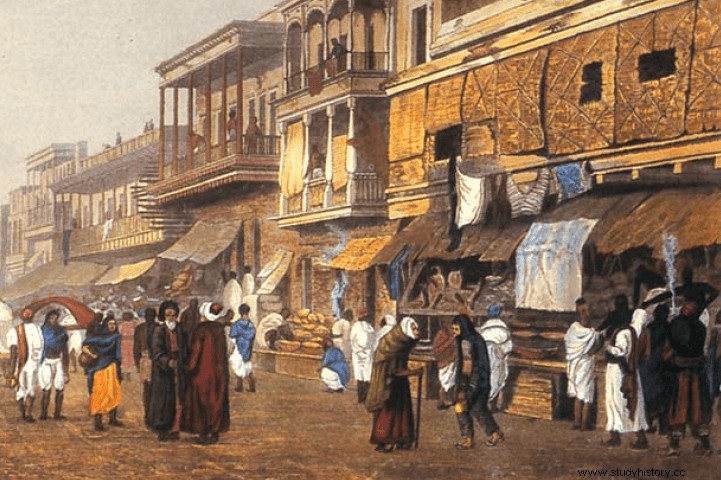
- Evidence has proved that the region also existed in the Stone Age, which is recently known to scientists, otherwise it was mainly believed according to Mahabharata that Bengal's origins began after being part of the Vanga Empire.
- One of the first mentions of the place in a foreign reference was by ancient Greeks around 100 BC.
- Around 543 BCE According to Sri Lanka's chroniclers, Bengal has a history of conquering Lanka and calling it the "Sinhala Kingdom" of Vanga Kingdom Prince.
- All this while Bengal has also started trade relations with neighboring countries. Magadha Kingdom was a formation from the 7th century. It was originally a merger of both Bengal and Bihar and was also one of the very large kingdoms in India.
- It is also a very important region during the development of Buddhism and Jainism in India. It also has several janapadas. Ashoka was a very famous ruler during the reign of the Magadha Empire that extended to the South Asian territories. Actual; between the 3rd to the 6th century AD. served the same kingdom also for the Gupta kingdom.
- After the end of the Gupta Empire- Samatata, and Gauda appeared.
- One of the very famous empires- the Pala Empire emerged during this period from here
- To be very precise with today's recordings - the first recorded autonomous Bengal King was Shashank (ruled somewhere around the beginning of the 1st century). He is believed to be the aganistic growth of Buddhism, and he replaced few such Buddhist places associated with Hindu deities.
- So around 1021 and 1023, the "Rajendra Chola I" of the Chola dynasty made few invasions of Bengal
- After the trade began with the caliphate Abbasid, Islam also began to be introduced into the state. This was also the time when the invasion of Muhammad Khilji expanded and the Delhi Sultanate was destroyed which eventually led the building and madrasa, mosques and khangahs
- But with Islamic rulers, Bengal also emerged as an important trading hub for the world during this time around 1352. It became very famous, especially in the European regions. They also refer to it as one of the richest trading places.
- However, later in 1576, the same area immersed in the Mughal Empire.
History of the place (modern period)
- This time from the 15th to the 16th century is the actual era when Muslim conquests spread too quietly sometimes. It was only for a period of some rough twenty years that a Bengal sultanate was interrupted by Raja Ganesha, a Hindu ruler.
- Islam Khan, a Mughal general, conquered Bengal in the 16th century. This was also the time when semi-independent kingdoms like Murshidabad had no problem managing Mughals indirectly.
- The Pratapaditya of the Jessore District and Bardhman's Sitaram Ray were two important examples of the establishment of few Hindu regions in the area.
- But we all know how the Mughal Empire met the fateful rejected after Auragzeb's death.
- This was the time then from a completely autonomous kingdom; Bengal became semi-independent and so slowly began the time of industrial revolution. A dynasty that flourished during this time was the "Koch dynasty" which also oppressed the remaining Mughals and then slowly and steadily Bengal entered the colonial era
Colonial times
- Many European traders had already begun to pave the way in the late 15th century.
- A very historic battle took place on Plassey's estate in 1757, where the British East India Company deafened the last Nawab and conquered the place.
- Then got the then Mughal emperor to sign a treaty that allowed the company to collect taxes from natives there in 1765.
- This led to conflict that led to the Battle of Buxar in 1764. Thereafter, the company established the state as "Bengal Presidency".
- The British made the living conditions of ordinary people very difficult there for the way it introduced tax policy, and finally the Bengal Famine from 1770 also took place.
- Calcutta (now Kolkata) soon became the territorial leader of the British in 1773.
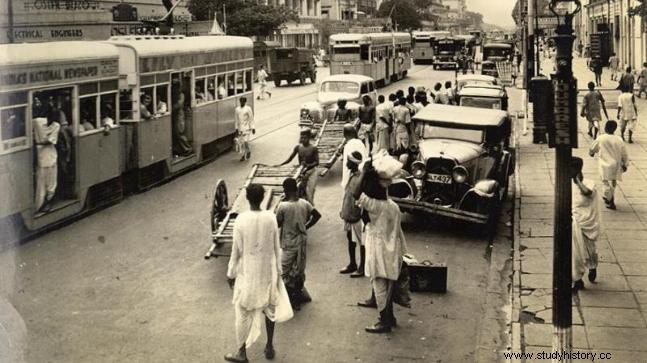
Pictured:Kolkata as the first capital of British India
- The Indian Uprising began somewhat in 1857, at the most basic level, but failed, and the transfer of power went to the British Crown and was taken care of by the Viceroy of India.
- Then came the period of socio-cultural change also when Brahmo Samaj and The Bengal Renaissance developed.
- In 1943, Bengal suffered another famine that wiped out more than a third of the population during World War II.
- This was at the same time as revolutionary Bengalis came up to fight for India's journey to complete independence. Subhash Chandra Bose, emerged as one of the greatest leaders of this time and led the British National Army aganist the British. This completely shook the British, and they soon suppressed them.
Kolkata after independence
After India's independence in 1947, Bengal was divided. What we know today as West Bengal is basically the Western province that was divided as an Indian state. Cooch Behar, once a princely state, merged with West Bengal in 1950. Some parts of Bihar were also merged with West Bengal. The eastern province became East Pakistan in 1956, later known as Bangladesh in 1971, as a completely independent country. This was also the time when refugee issues emerged as a blazing fire and even today continue to create many relations between countries.

Socioeconomic structure
- From the 1970s to more than a decade; much naxalism has begun to follow after strikes, violent group movements. It also created a lot of destruction and economic ruin and deindustrialization. In 1999, UNESCO designated "The Darjeeling Railways" as a World Heritage Site.
- The causes of infrastructure congestion are also due to the influx of refugees from Bangladesh. The great political shift took place when INC was defeated by the Left Communist Party here, which ruled for about three decades from 1977
- Then came the period of economic liberalization in the 1990s when Bengal showed some signs of economic recovery. IT services and information technology also began to take over from this time
- Some armed activities also calmed down for a while. Material acquisitions of industrial areas have also been worrying, followed by the same reason why the left-wing government lost in the by-elections in 2011. A major development from earlier times is that there are relatively fewer strikes / bandhs in the region now.
- Let's talk about the state economy here
- As for the GSDP, it ranks sixth in the number.
- The leading economic sector in West Bengal is Agriculture. The state's most important food crop is rice. Others loved crops except rice, sugar cane, jute, potatoes and wheat.
- How can we forget tea? A very special thing in North Bengal here that is exported all over the world. Darjeeling is the best living example of this.
- A number of steelworks are located in the Durgapur-Asansol region. Equipment, cables, steel, leather, textiles, jewelery, engineering products, electronics, electrical, frigates, cars, rail buses and wagons are important manufacturing industries.
- A number of industries in chemicals, fertilizers, tea, sugar are also established in Durgapur. Haldia Port is a mineral-rich highland here.
State culture
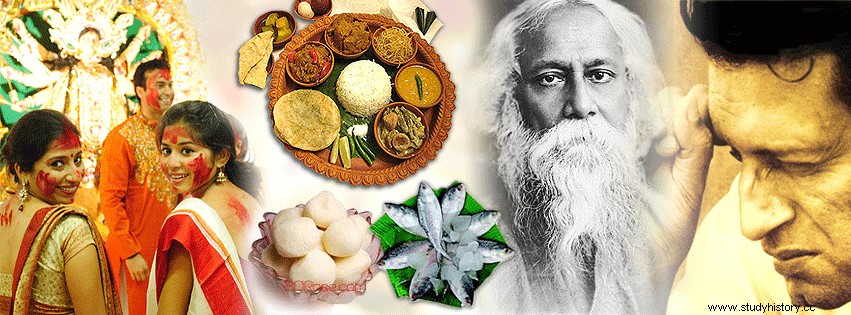
https://www.youngisthan.in/lifestyle/bengali-culture-treasure/72130Bengal has been very much of a culturally-loved place. Its cultural and literary advances have surpassed all the states in the country since a very long time. Being it music, dance, folk literature- the origin can be found as early as the 10th and 11th centuries; Mangal Kavya, Dakshinaranjan Mitra, ShreeKrishna Kirtan are few of the famous names for their masterpieces in literature and verse. In the 19th and 20th centuries, Bengali literature was modernized by the author as Bankim Chandra in the 19th and 20th centuries. Empty verse was introduced by a drama pioneer - Madhusudan Dutt.
How can we miss our very own Nobel Prize winner - Rabindranath Tagore who won everyone's heart with his work in music and literature. Even the national anthem of our country is given by him. Modern social practice in Bengal was brought forward by works by Sarat Chandra Chattopadhay. One of the leading names in modern Bengali fiction is Manik Bandyopadhyay.
Music and dance
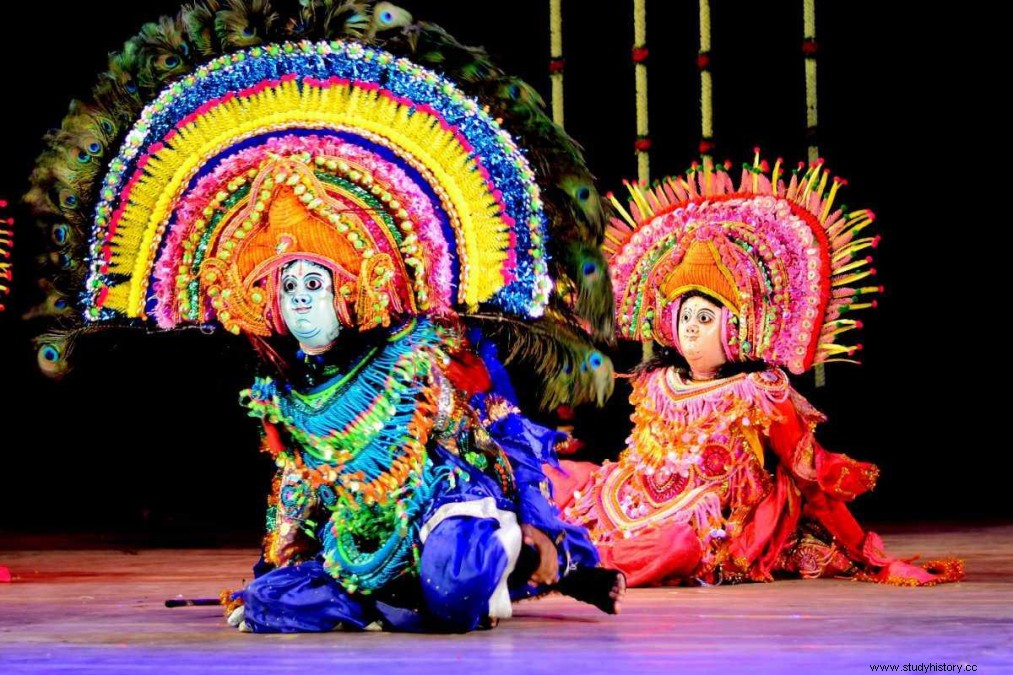
A sect of mysterious ministers, "Baul" has been quietly famous here. Is quietly famous here. Gombhira and Bhawaiya are other forms of music here that have traditionally been there too quietly sometimes now. One genre of devotional songs that praises the Hindu goddess is the Shayama songs. In dedication to God Krishna, Kirtan is practiced here. The legacy of North Indian classical music exists to this day. Rabindranath Tagore and Nazur are quiet prominent names behind the Rabindra song. A new music genre also began to emerge from the 1990s. A famous masked dance from this region is the Chhau dance. Ektara, is a famous instrument used here during the singing of folk music. The tribal dance traditions have also given a quiet impact on the developed dance forms here.
Art

One of the older examples of terracotta art in India is the "Panchchura Temple in Bishnupur". A very prominent example is also the Kalighat paintings. At the same time, Bengal has also been a part of modern art. Bengal School of Art was started by Abanindranath Tagore (also called Father of Modern Art). Important groups such as the Society for Contemporary Artists and Calcutta groups were formed in Bengal after the independence that brought forth the art of the state.
Education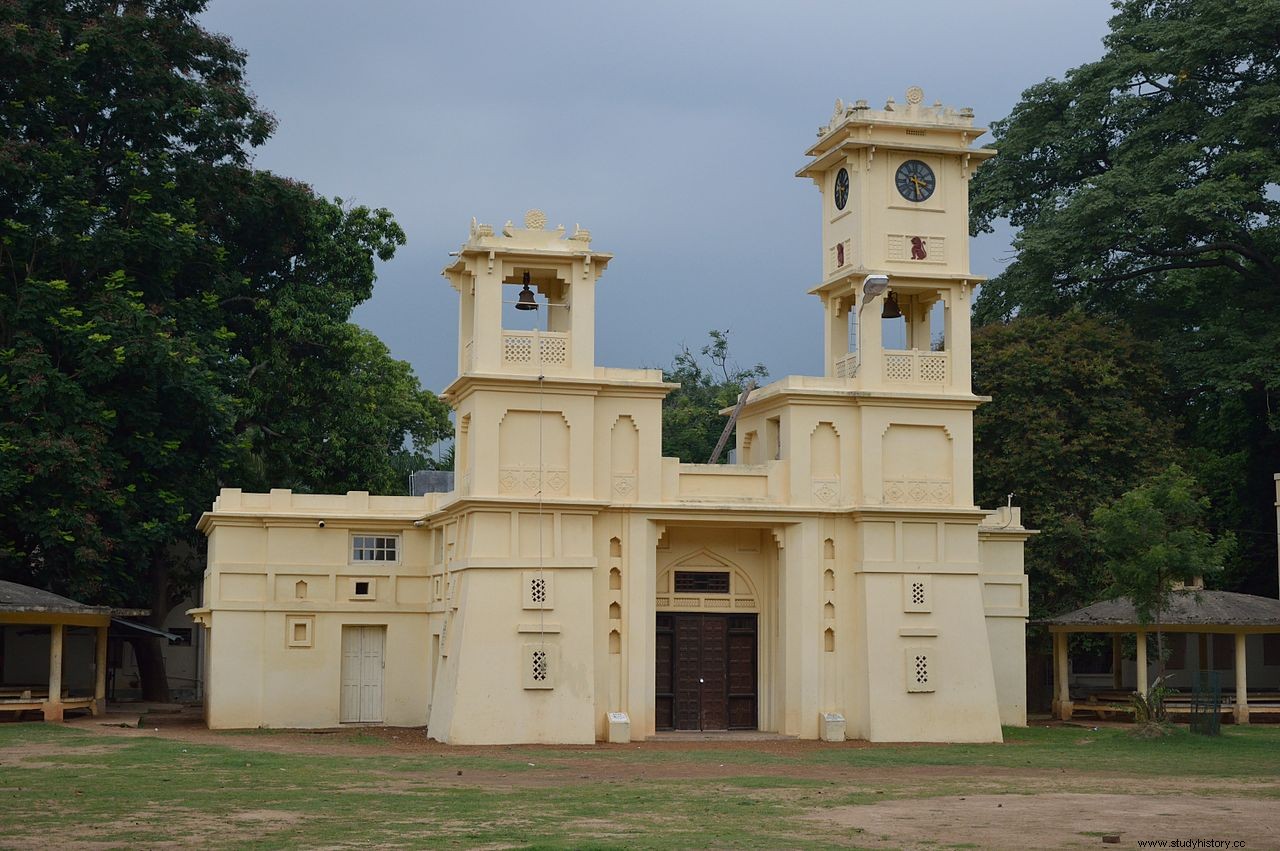
- There are 10 universities that provide universities in West Bengal. Technical institutes, engineering disciplines and medical colleges are also quietly present.
- Jadavpur University established in 1957, Calcutta University in 1857 and Rabindra Bharati Institute in 1962 are few well-known universities located in Kolkata. Remarkable contributions have been made by the laboratories of "The Indian Cultivation of Science", "The University of Calcutta" and "The Asiatic Society of Bengal". A scientific organization founded in 1784 is The Asiatic Society of Bengal, headquartered in Kolkata. A world-famous center for the study of indology and international cultural relations is Vishwa Bharti University, Shanti Niketan.
- With a number of districts, areas, public libraries and rural libraries - the state has always been ahead of its time. When it comes to literacy training, there are about five thousand adult learning centers. Literacy has been one of the highest in India, and the gender gap has been among the lowest in the country.

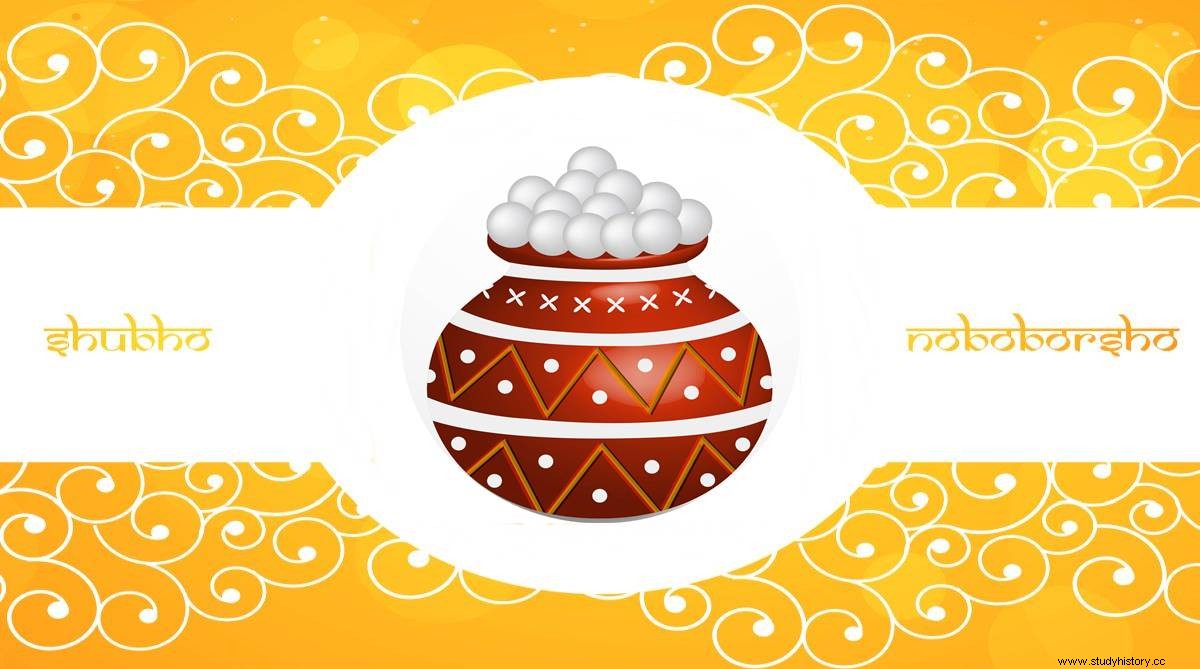 The most famous festival celebrated here is Durga Puja which is the love of the Bengali earth. You can see women dressing up in white and red saree and roaming the streets merrily in the month of October. A very famous tradition during this time is "Sindoor Khela". Mahalaya is also a very famous thing celebrated on the arrival of this festival. Other festivals such as Chhat Puja, Poela Boisakh are also widely celebrated in the state. If you want to experience a mix of cultural heritage and a range of fascinating festivals, then "West Bengal" is surely the destination.
The most famous festival celebrated here is Durga Puja which is the love of the Bengali earth. You can see women dressing up in white and red saree and roaming the streets merrily in the month of October. A very famous tradition during this time is "Sindoor Khela". Mahalaya is also a very famous thing celebrated on the arrival of this festival. Other festivals such as Chhat Puja, Poela Boisakh are also widely celebrated in the state. If you want to experience a mix of cultural heritage and a range of fascinating festivals, then "West Bengal" is surely the destination.
